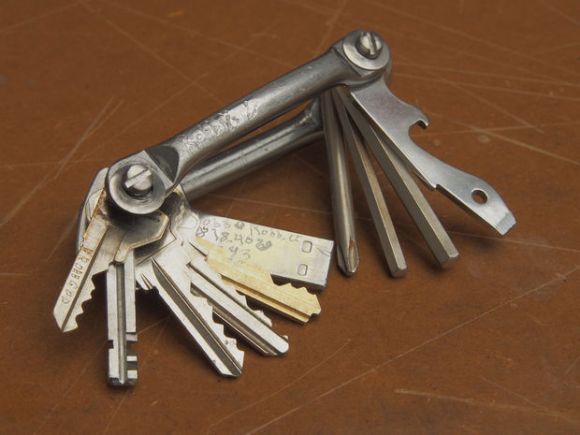We would like to share a bit of good news; Collin’s Lab is back on the airwaves of the Internet. If you didn’t know, [Collin Cunningham] previously created excellent short videos, sometimes entertainingly tongue-in-cheek, for Make Magazines on the subjects of electronic components and fundamental electronics. In 2012 he was hired at Adafruit as a Creative Engineer to help with software development and video production.
Going forward Collin’s Lab videos will be a regular feature on Adafruit’s Blog and their YouTube channel. We’re sure there is going to be tons of entertaining learning from Collin with his unique video production skills and presentation delivery.
This first release of Collin’s Lab on Adafruit is a primer review covering fundamental multimeter functionality and measurements. Not much here for the medium to advanced electronics hacker but for the beginner this is an excellent and quick way to learn the basics on using your multimeter.
If you want to checkout Collin’s older video productions you can find them on his Narbotic Instruments site under – “Make Presents” and “Collin’s Lab” or watch them all with this convenient playlist. Just after the break you can also watch his latest edition of Collin’s Lab.

















